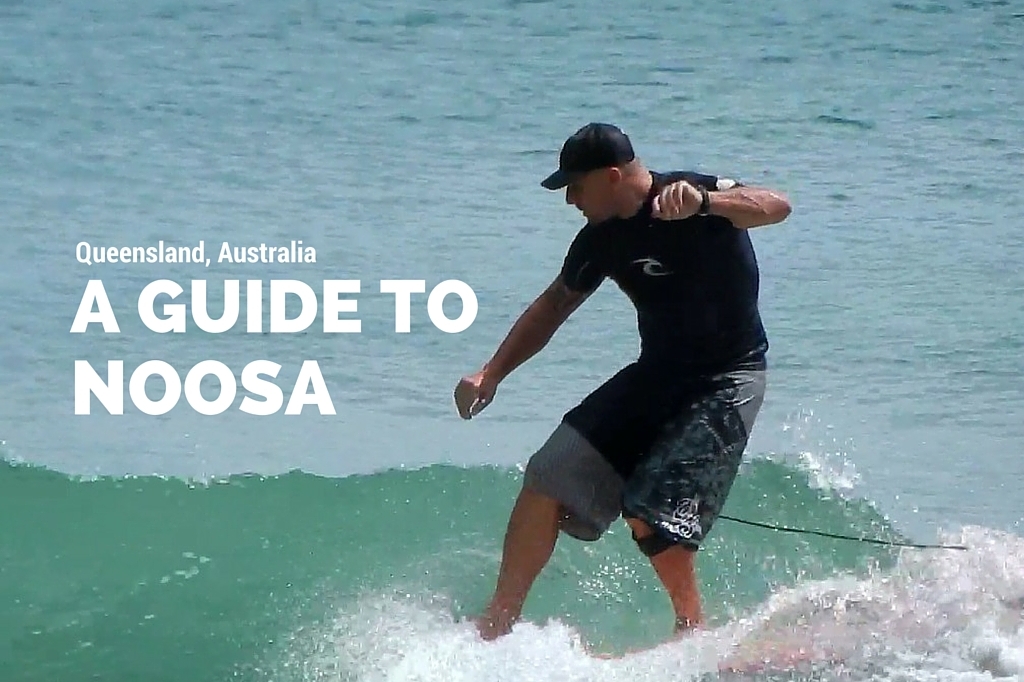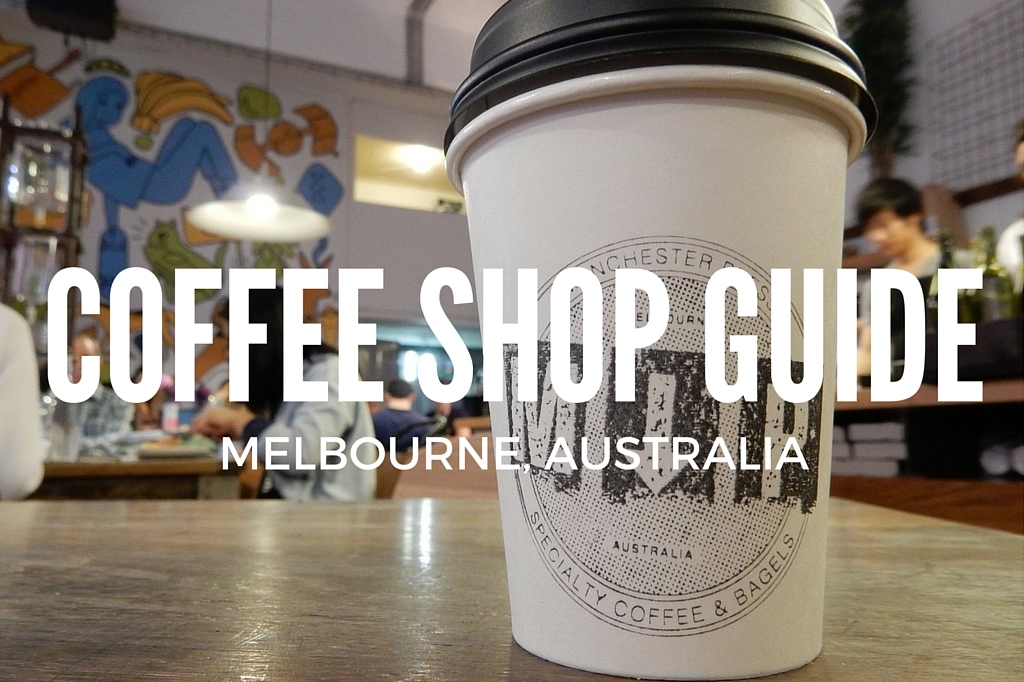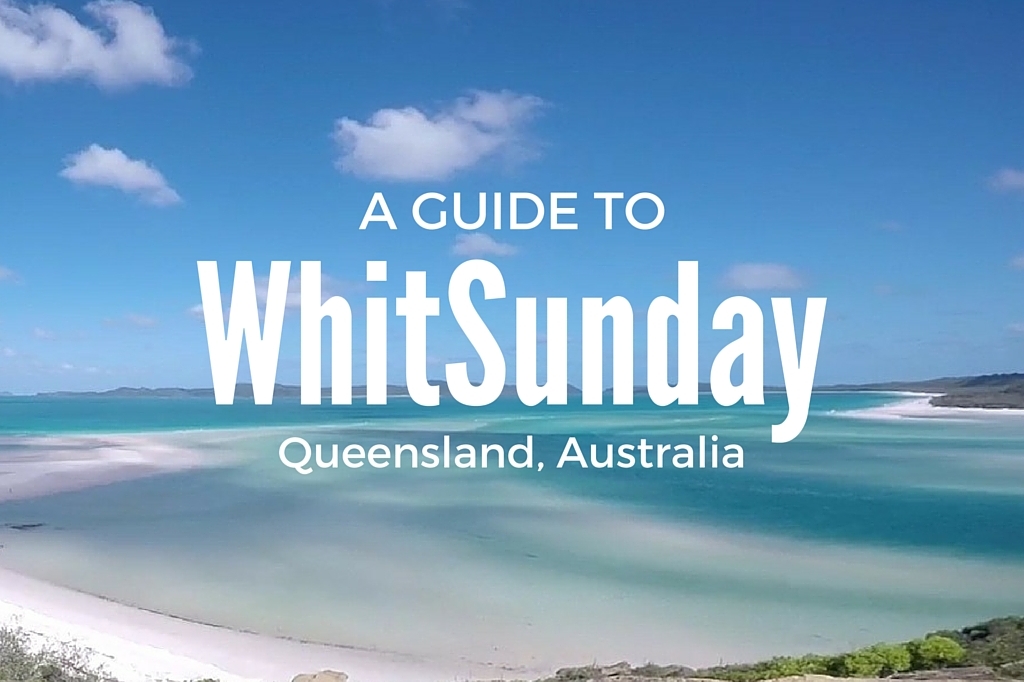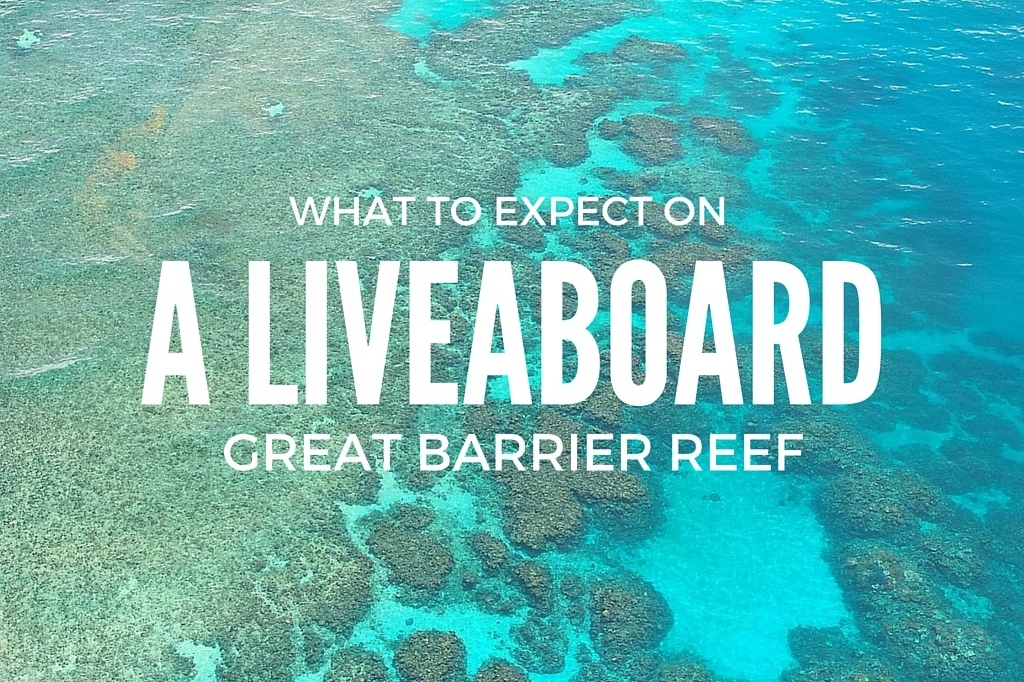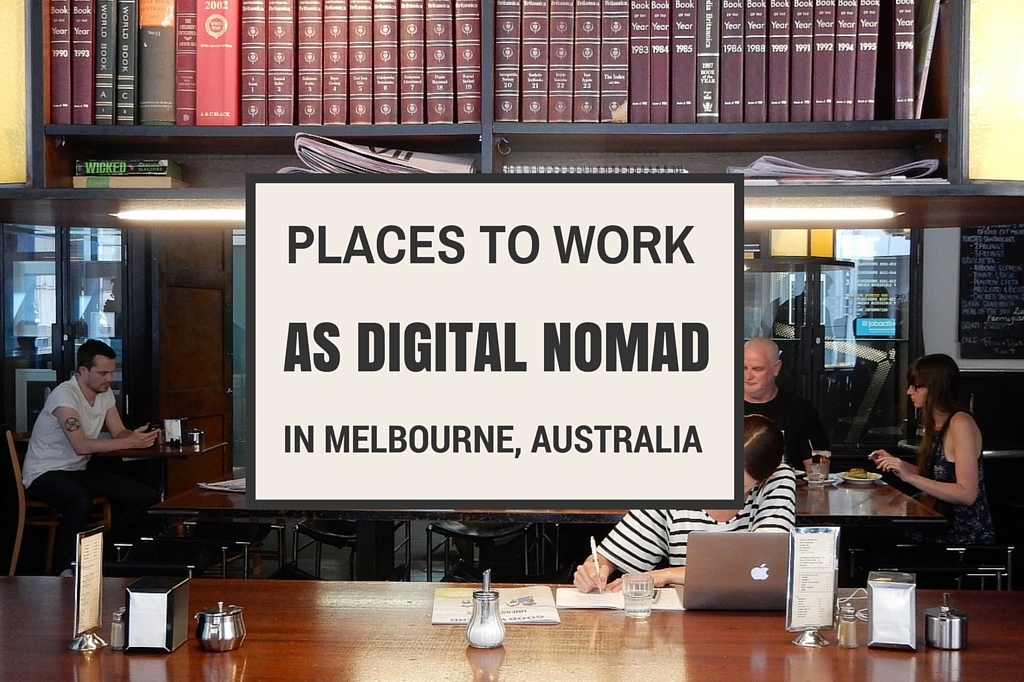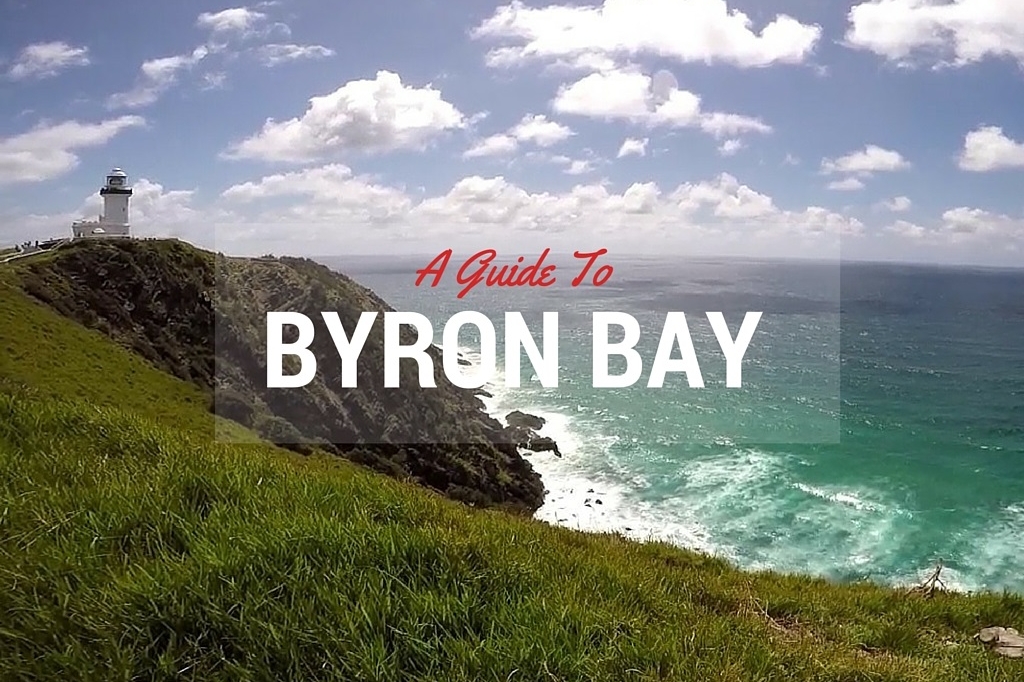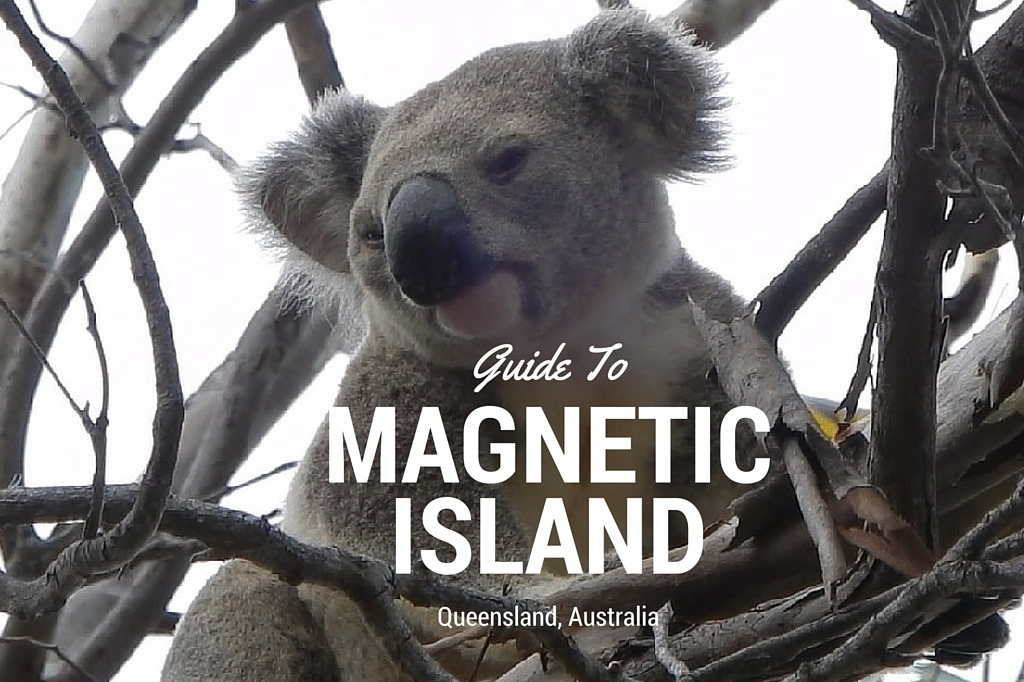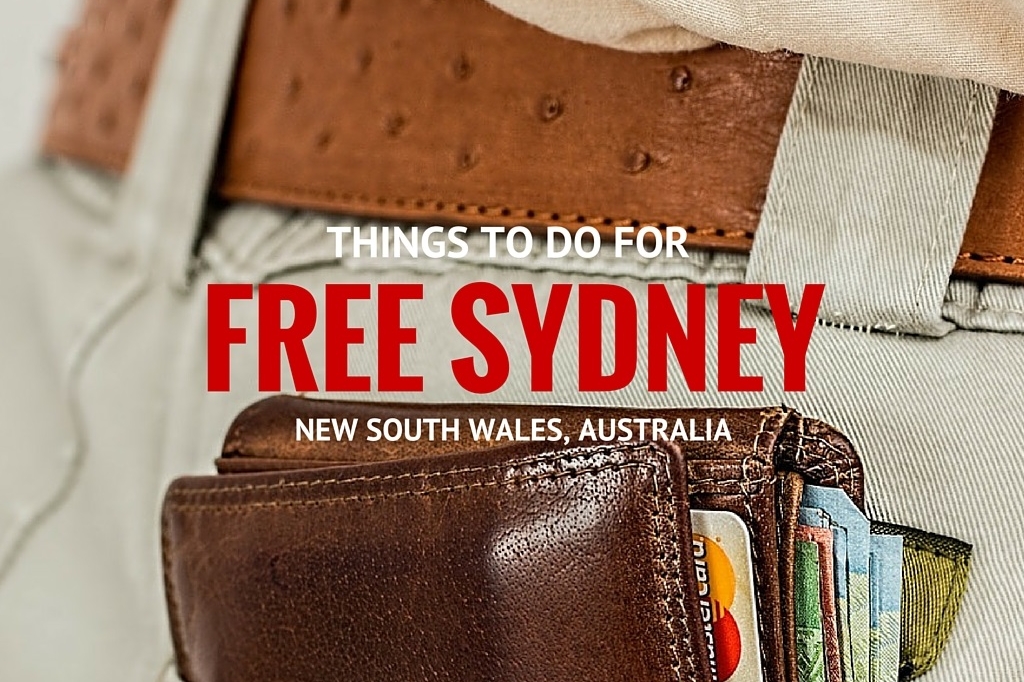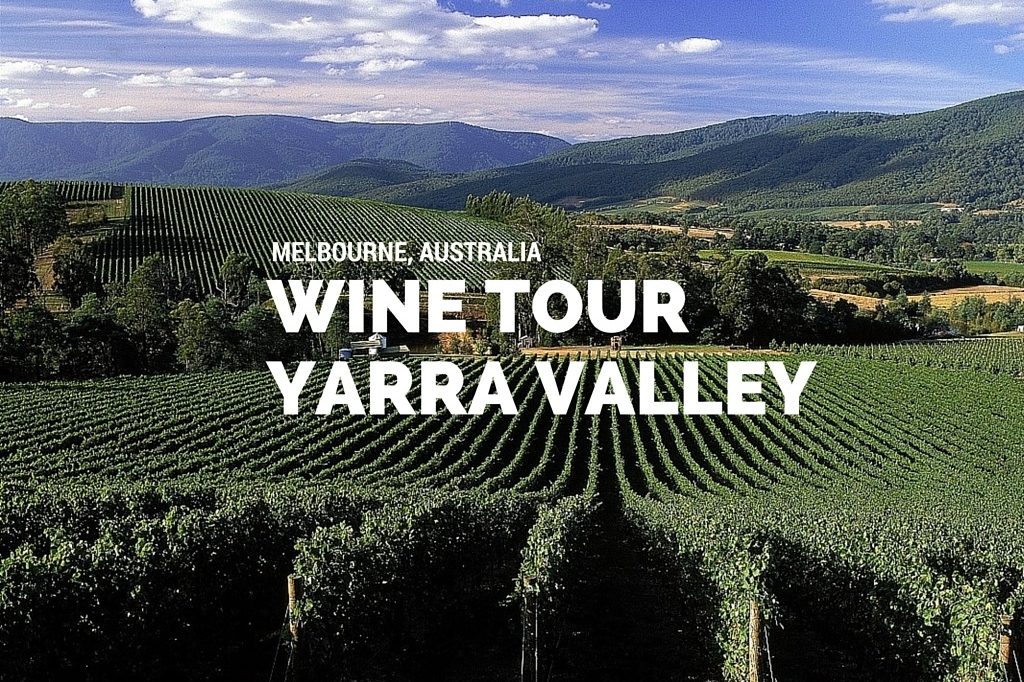Your Survival Guide To The Australian Open
This year I was lucky enough to attend the first three days of the Australian Open in Melbourne. The first two days I entered with ground passes and on the third day I had a ticket to the morning session in Rod Laver Arena. I loved the experience, but now that it’s done I wish I’d known some information that would’ve made it even better. This is what you need to know before attending the Australian Open.
How To Get There
Getting to the Australian Open venue is very easy as it is within walking distance of Federation Square in CBD. There are free trams that operate between Flinders Street and Melbourne Park to all ticket holders (including those with ground passes). Check out this site with detailed information on transportation for the Australian Open.
What You Can Bring With You
One of my big worries on the first day was related to what I could bring into the grounds. In the Terms and Conditions of my ticket the following was listed as prohibited:
Alcohol; animals except service animals (e.g. seeing eye dogs, police dogs and horses); any item that could be used as a weapon; beach balls & other inflatable devices; bicycles, scooters, skateboards and roller-blades/skates; camera tripods, monopods, telephoto camera lenses with a focal length capacity greater than 200mm; video cameras & handy-cams; audio recorders; drink & food cans; chairs & stools; eskies & hampers; fireworks; frisbees; helium balloons; glass (including bottles); large containers in excess of 1.5 litres; flags, banners or signs larger than 1 metre by 1 metre in size or with handles longer than 50cm in length; musical instruments &/or amplification equipment; unauthorised advertising or marketing material or flyers; laser pointers, distress signals, whistles or loud hailers and dangerous goods.
I went to the Australian Open information desk that was setup in Federation Square and confirmed the following:
- My camera was OK, they only focus on lenses greater than 200mm.
- No video recorders allowed. I asked about my GoPro and the lady said that it’s best not bring it.
- No drinks in aluminum cans allowed.
- Backpacks are OK.
I arrived at entrance on the first day and I found the “security” to be extremely lax. They didn’t look in my backpack and didn’t check for anything. The same held true for the second and third days. I could’ve brought whatever I wanted and no one would have been the wiser. During my time in and around the courts I saw many video recorders and cameras with long range lenses.
Is this indicative of security checks in general at the Australian Open? I’m not sure, that’s why I recommend you stick with the restrictions listed.
Where To Enter The Grounds
I strongly recommend when you take the free shuttle to the grounds that you exit at Hisense arena and NOT Rod Laver. Everyone instinctively goes to the main entrance, making the lines extremely long and unpleasant (especially if it’s a hot day). Every single time I went to Hisense there were no lines and I was able to get through in under 2 minutes.
When you’re done for the day and ready to leave, exit from Hisense arena to the shuttle. This is the starting point for the tram’s return to Flinder’s street. You will be able to secure a place on the tram easily. The lines for the trams from Rod Laver’s shuttle stop can get long and you might not get a spot on the first tram that passes.
Ground Passes Or Stadium Tickets
At the Australian Open ground passes gives you access to all the show courts and Hisense arena. Access to Margret Court and Rod Laver Arenas are sold separately. Which is better? Honestly during the first and second rounds I recommend ground passes. There are number of reasons for this:
- Top players are primarily hosted in Rod Laver and Margret Court arenas. While it’s great to see those top players in action, during the first rounds their opponents tend to be wildly over-matched. For example I got to watch Serena, Sharapova and Federer play their second round matches against lower ranked players. While it was amazing to see these athletes live, their opponents couldn’t put up a fight and were demolished. It was like watching a dog fight with pitbulls against puppies. Not fun.
- During the first two rounds there’s so much action going on in the show courts. It’s actually more fun to spend the day jumping between those courts and watching the players up close than sitting in a stadium.
- But if you want the experience of an arena you have access to Hisense. The great thing about Hisense arena is there’s no assigned seating. You can jump around fairly easily to get a better view of the court or to avoid the sun.
From the third round onwards stadium tickets are best as there will be less activity on the show courts and the matchup in the stadiums should start to get interesting.

The Sun Is No Joke
I like to think I’m no wuss when it comes to summer’s heat. I’ve lived most of my life in deserts (Kuwait and Arizona), but sitting under the sun in Rod Laver arena was pure misery. I felt like I was an ant being cooked under a magnifying glass. I tried my best to combat the heat. During player breaks I’d run to entrance, looking for relief in the shade. I was constantly chugging my water trying to keep up with my body’s profuse sweating. Why this stadium was not designed better to incorporate a cooling system is mystifying.
Make sure when you buy your tickets for Rod Laver or Margret Court arenas you get shaded or partially shaded seats. When I attended the second round matches at Rod Laver the weather was being unpredictable. It rained in the morning and then cleared up in the afternoon. I got to experience Rod Laver with the roof closed and then open. When the roof was closed the temperature inside the stadium was pleasant and I enjoyed watching Sharapova play. When they opened the roof for Serena’s game, it was like the gates of hell opening. I’m not kidding. I couldn’t stay in my seat for long durations and had to step into the shade every couple of games.
The moral of the story? Get the shaded seats otherwise sitting in the sun will ruin your experience. This was my biggest regret.
If you end up in the sun make sure you apply sunscreen, drink water throughout the day and take shaded breaks. Heat stroke in these conditions is a very real possibility.

BYOF & BYOD (Bring Your Own Food/Drink)
The prices at the concession stands were shocking. Looking at the prices I kept thinking it must be a typo. 11 AUD for a sandwich? 8.5 AUD for fruit salad?? 5 AUD for water???
To be fair, all concessions at all sporting events tend to be a rip off. So do your wallet a favor and pack plenty of snacks, sandwiches and drinks.
Download Australian Open App
I wish I’d known about the Australian Mobile app during the firsts two days of the event. This is a nifty tool that tells you the schedule, who is playing on which court, latest scores and news. It’s perfect when you’re using your ground pass and trying to decide which show court to go to next.
Below is a video from my experience using ground passes at the open — enjoy.
Ready To Book Your Trip To Australia?
Use Skyscanner to search thousands of flights for the best deals.
Agoda is a great site to find discounted rooms around the world.
Viator has biggest selection of excursions from group tours to day activities.
Australia Travel Videos
Recommended Travel Gear
Related Posts
Visitors Guide To Noosa
Noosa was one of my favorite stops on my trip through Queensland. This beach town is famous for being the Hamptons of Australia. It exudes…
5 Coffee Shops You Must Try In Melbourne
Melbourne has a love affair with coffee. This is a city that's home to countless cool coffee shops serving up artisanal cups of magic.…
Everything You Need To Know About Myki
Melbourne has a wonderful public transportation system. To get around the city (and surrounding suburbs) there's really no need to rent a…
A Guide To WhitSunday
The WhitSunday Islands is a premiere destination in Queensland. It offers stunning islands and some of the best sailing experiences in the…
What To Expect On A Liveaboard In The Great Barrier Reef
Diving in the Great Barrier Reef has always been on my bucket list. It was an incredible experience that totally lived up to my…
Guide For Places To Work For Digital Nomads
Melbourne and Australia (in general) are not places I'd consider friendly to penny pinching digital nomads. The cost of living here is…
Animals In Australia That Can Kill You
Now that I've safely left Australia I feel I can write this post .... it would've been bad luck if I'd done it earlier. While I was…
A Guide To Byron Bay
Byron Bay is renowned in Australia for being a hippie/liberal community that loves alternative culture and celebrates uniqueness and…
A Guide To Magnetic Island
Located in the North of Queensland, a short ferry ride from Townsville, is Magnetic Island. It was named by Captain James Cook in 1770. As…
Guide To Free Attractions In Sydney
Every long term traveler dreads being stuck in an expensive city, trying to figure out how to make their dollar stretch. Most world…
Yarra Valley Wine Tasting Tour
Australia is one of the world's top wine producers and (while in Melbourne) you must make time to visit Yarra Valley. There's over 80…


